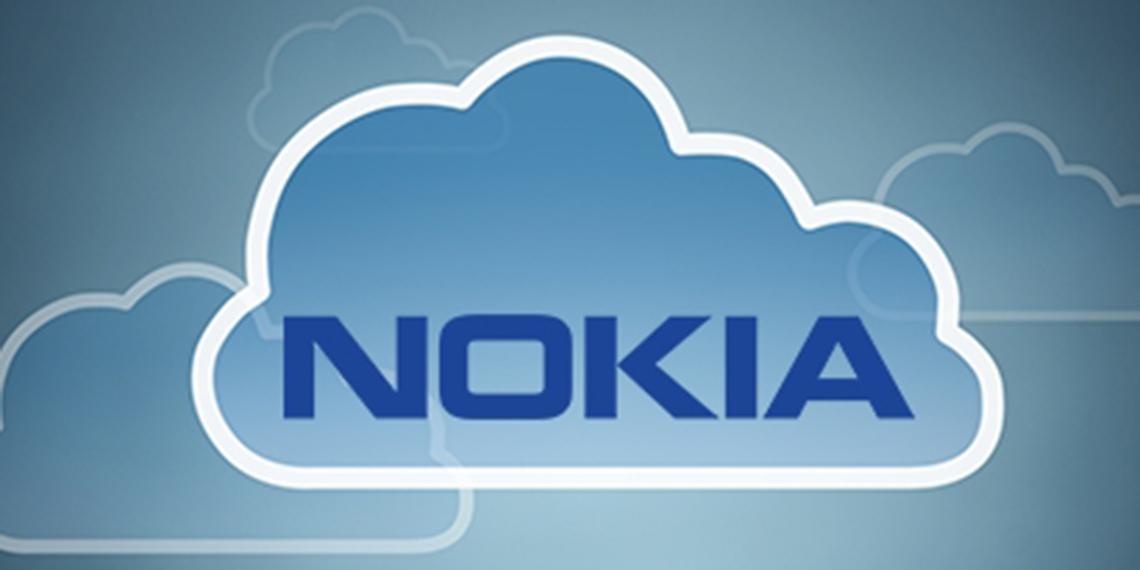Most large enterprises can save a minimum of 25 percent on their IT costs over five years by moving to a private cloud from a legacy IT environment, according to a financial analysis conducted by Nokia. The analysis, known as the 'Nokia Enterprise Private Cloud TCO Model' - the first of its kind in the industry - also demonstrates that enterprises can expect to break even on their private cloud investment in less than three years.
Advocates of enterprises moving to private cloud have typically focused on the operational and business benefits that this approach can offer, in terms of flexibility, agility and the ability to scale quickly. The analysis underlying the Enterprise Private Cloud TCO Model is among the first available in the market that exclusively explores the question that is most critical to IT managers - what are the cost benefits of this move? The model shows that the common assumption that private cloud is too difficult or costly to adopt is wrong, and that large enterprises should make the move directly to private or public-private hybrid cloud because it utilizes off-the-shelf components and is less expensive.
The analysis began with an existing budget for a representative legacy IT environment, and contrasted that with the requirements of a shift to a private cloud model and associated costs. More specifically, the analysis takes the overall operational budget of the enterprise data center (eliminating costs that will be largely the same in either scenario such as facilities costs - power, rent, air conditioning/heating), and then provides a high-level breakout by the software or operational tasks performed. The breakout was then used to calculate potential cost impacts - both increases and decreases - for a cloud environment.
Nokia's financial model is based on a private cloud, or private-public hybrid cloud architecture that can be built at any large enterprise today, incorporating commercial components from a variety of vendors as well as open source components including OpenStack cloud management software. The model also assumes that the cloud architecture is one that does not require 'forklift' replacement of the IT environment, but instead sits on top of the existing IT infrastructure as an overlay. As a result, it also assumes a deployment strategy that would minimize changes to day-to-day IT operations.
Leading industry analyst firm IDC validated the model overall, including the ranges of potential increased and decreased costs by category.
The cost savings identified by the model were calculated using the most conservative assumptions available, based on the needs of highly regulated industries such as finance and healthcare. Further, increased costs, such as the costs of migrating legacy applications to the cloud, were calculated at the upper end of a possible range of values. Therefore the overall 25 percent cost savings can be considered a minimum baseline - actual savings in practice would likely be considerably higher.
Today, the Nokia Enterprise Private Cloud TCO Model offers a generic analysis of likely cost savings for large enterprises. For enterprises that are interested, it can quickly be modified to incorporate a particular enterprise's data and deliver not only a custom savings, but also a budgeting estimate by cost category. Nokia will perform such analysis tasks without charge for large enterprises from now until June 30, 2017.
